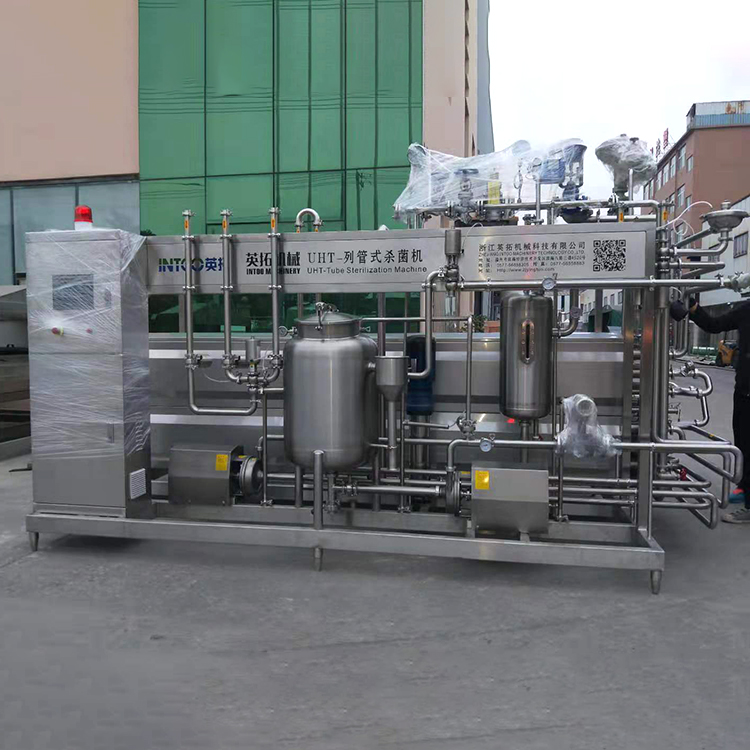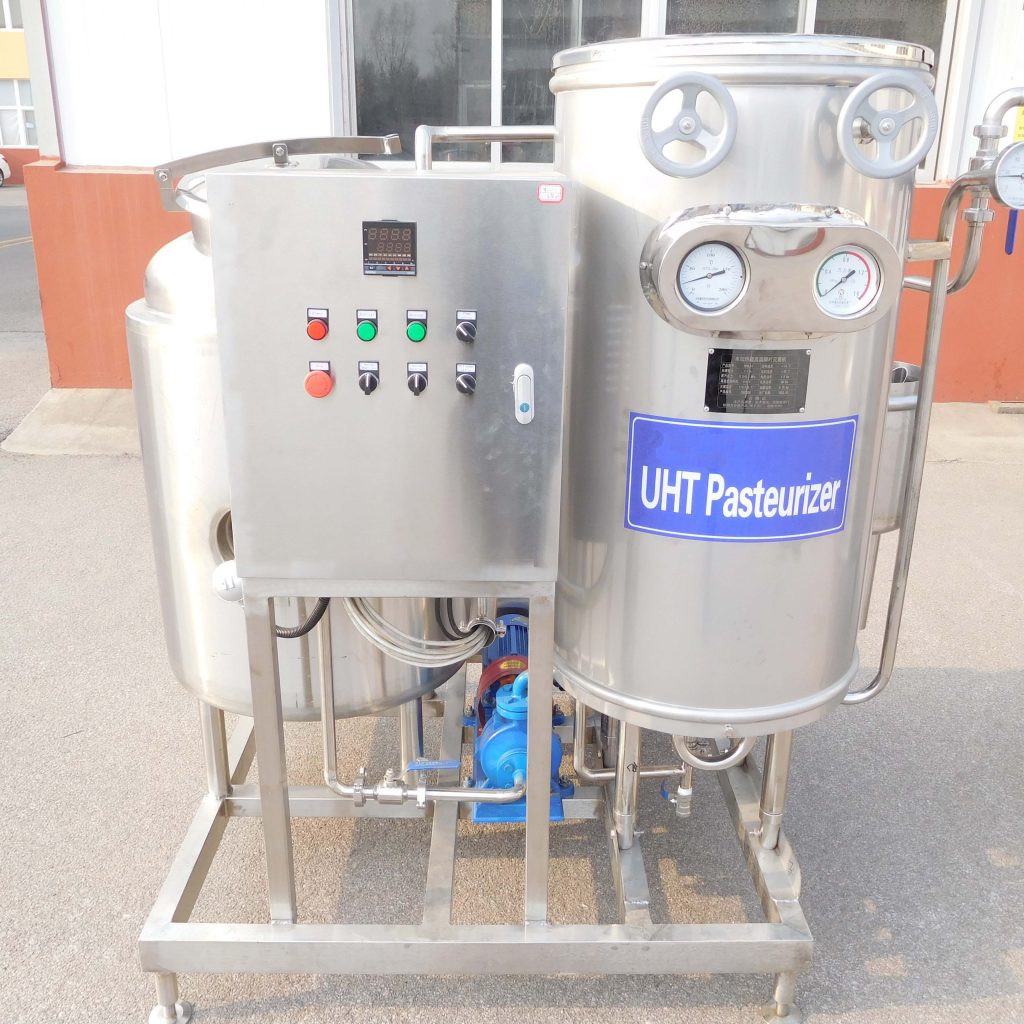Sterilization method:
Tubular sterilization equipment and pasteurization equipment are different in the sterilization process, mainly reflected in the following points: Tubular sterilization: Sterilization is carried out through pipelines or filtration devices, usually using a gas-phase sterilization method. Pasteurization: Direct sterilization through high-temperature chemical reactions without the need for gas-phase sterilization.
Operating temperature:
Tubular sterilization: Usually operates within the range of 40-60°C. Pasteurization: Generally uses high-pressure steam heating at 120-160°C. Applicable scenarios and environments: Tubular sterilization: Suitable for food and medical products that require long-term sterilization without causing leakage. Pasteurization: Suitable for products that require rapid sterilization but do not require high temperatures, such as drugs or daily necessities.
Advantages and limitations:
Tubular sterilization: Low cost, simple operation, suitable for small-scale production; suitable for a leak-free environment and has a certain stability. Pasteurization: High efficiency, suitable for an environment that requires rapid sterilization and does not require high temperatures; but may have an impact on certain materials. In conclusion, choose the appropriate sterilization method according to the product type and actual application scenario.

